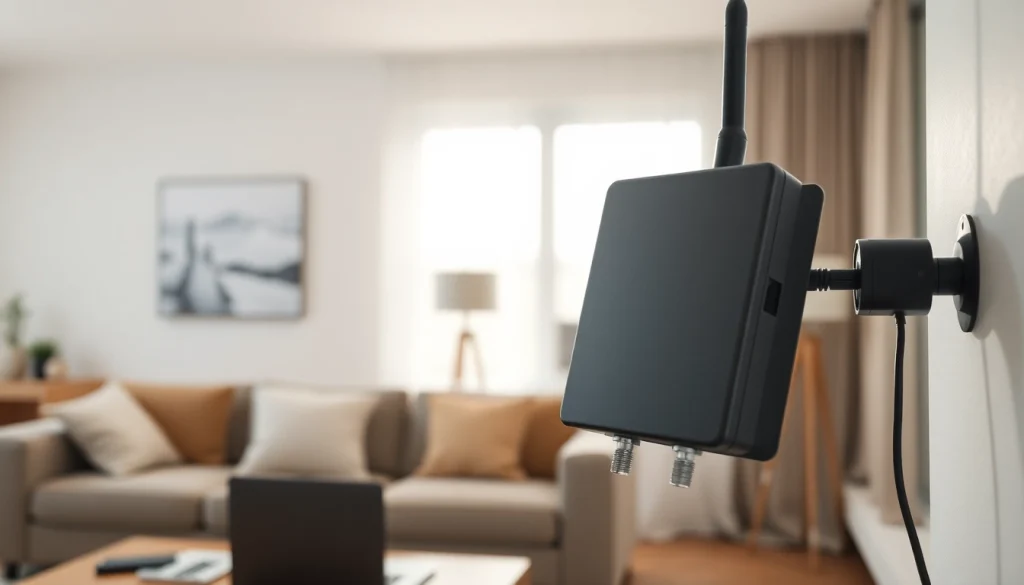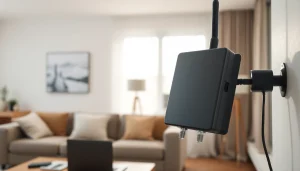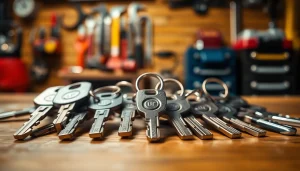
Understanding Cellular Antenna Booster
What is a cellular antenna booster?
A cellular antenna booster, often referred to as a signal booster or repeater, is a device that amplifies weak cellular signals to improve mobile connectivity. These boosters work by capturing signals from nearby cell towers, amplifying them, and broadcasting the enhanced signal to areas within a home, office, or vehicle that might otherwise suffer from poor reception. This technology is particularly useful in rural areas, structures with thick walls, or locations where cell towers are few and far between.
How does a cellular antenna booster work?
The functioning of a cellular antenna booster is relatively straightforward. The system consists of three primary components: an external antenna, a signal amplifier (booster), and an internal antenna. The external antenna is mounted outside the building to capture the available cellular signal. Once the signal is gathered, it travels through a coaxial cable to the signal amplifier, which strengthens the signal significantly before retransmitting it via the internal antenna into the interior spaces. This creates a more robust cellular signal, enabling better call quality, faster data speeds, and improved connectivity for multiple devices.
Benefits of using a cellular antenna booster
The advantages of integrating a cellular antenna booster into your communication setup are manifold:
- Enhanced signal quality: Enjoy clearer calls and faster data speeds.
- Wider coverage: Eliminate dead zones and ensure consistent connectivity throughout your space.
- Improved battery life: With better reception, smartphones consume less power than when searching for a signal, extending battery life.
- Cost-effective solution: Avoid costly cellular plans with unlimited data by improving existing network performance.
Choosing the Right Cellular Antenna Booster
Factors to consider when selecting a cellular antenna booster
Selecting the best cellular antenna booster requires evaluating several critical factors:
- Coverage area: Determine the size of the area that needs enhanced signal; some boosters are designed for small spaces, while others can cover large homes or buildings.
- Carrier compatibility: Ensure that the booster is compatible with your cellular provider’s frequencies and technologies (like 4G LTE or 5G).
- Gain levels: Higher gain levels translate to enhanced amplification; choose a model that offers boosts sufficient for your needs.
- Installation complexity: Some boosters come ready to install, while others may require professional installation, depending on the layout and materials of your space.
Different types of cellular antenna boosters
Several types of cellular antenna boosters cater to different requirements:
- Home boosters: Ideal for residential buildings, these boosters can enhance signals for multiple devices simultaneously.
- Vehicle boosters: Compact and portable, these boosters are designed to enhance cellular connectivity while moving.
- Commercial boosters: Designed for larger commercial spaces, these boosters can handle higher traffic and offer substantial coverage.
Comparing features of popular cellular antenna boosters
When considering various products, pay attention to the following features:
- Frequency bands supported: Verifying the bands supported ensures compatibility with your carrier.
- Maximum gain: Look for maximum dB gain levels as they directly impact the performance of the device.
- Additional features: Some boosters offer features like automatic gain control or remote management for ease of use and monitoring.
Installation Guide for Cellular Antenna Booster
Preparing for installation
Before setting up your cellular antenna booster, proper preparation is crucial. Begin by identifying the best location for the external antenna, which should have the highest signal strength. Tools such as a cell signal meter or a smartphone app can assist with this. Additionally, gather all necessary installation tools, including mounting brackets, a drill, and cables.
Step-by-step installation process
Here’s a succinct yet effective installation process:
- Mount the external antenna: Use the provided mounting kit to secure the external antenna to the roof or a high wall, ensuring it’s pointing towards the nearest cell tower.
- Run the coaxial cable: Connect the external antenna to the signal amplifier. Ensure to seal any openings to prevent moisture from getting inside.
- Install the signal amplifier: Place the amplifier in a central location inside, preferably near a power source.
- Connect the internal antenna: Finally, connect the internal antenna to the amplifier and place it in a location that maximizes coverage.
Common installation mistakes to avoid
Here are common pitfalls to steer clear of when installing your cellular antenna booster:
- Inadequate cable lengths: Ensure coaxial cables are long enough for proper placement yet not too long to cause signal loss.
- Obstructed signals: Avoid placing the internal antenna near large metal objects that can interfere with signal distribution.
- Misalignment of antennas: Ensure the external antenna is aligned correctly towards the nearest cell tower for optimal reception.
Optimizing Performance of Your Cellular Antenna Booster
Tuning your cellular antenna booster settings
Once installed, fine-tuning your cellular antenna booster ensures optimal performance. Most modern boosters come with adjustable settings for different gain levels. Utilize the external signal strength to adjust settings for maximum amplification without causing interference.
Testing signal strength before and after installation
Testing the signal strength is essential pre- and post-installation:
- Before installation: Use your smartphone or a signal meter to record the initial signal strength in dBm.
- After installation: Repeat the measurement to identify improvements; a noticeable increase in dBm indicates enhanced performance.
Maintenance tips for lasting performance
Regular maintenance can prolong the life and performance of your cellular antenna booster. Here are some tips:
- Inspect connections: Regularly check cables and connections for wear and tear, replacing any frayed or damaged parts.
- Clear debris from antennas: Ensure that the external antenna is free from dirt, snow, or obstructions that may block the signal.
- Periodically retest signal strength: Continue to monitor signal strength; environmental changes may impact performance over time.
Future Trends in Cellular Antenna Booster Technology
Emerging technologies and innovations
The future of cellular antenna boosters promises exciting technological advancements. Innovations such as smart boosters that adapt dynamically to changing signal conditions and machine learning algorithms for optimizing performance are on the horizon. Additionally, advancements in materials can lead to smaller, more efficient designs without sacrificing power.
Impact of 5G on cellular antenna booster design
The rollout of 5G technology necessitates a reevaluation of cellular antenna booster designs. As 5G frequency bands often operate at higher frequencies, boosters will need to be more sophisticated to amplify these signals efficiently. The challenge will lie in enhancing signal strength over longer distances while ensuring minimal signal degradation.
What to expect in the next generation of cellular antenna boosters
The next generation of cellular antenna boosters will likely be more streamlined and user-friendly, integrating with smart home systems and providing users with easy monitoring. Features may include built-in analytics to identify signal patterns and troubles, as well as app connectivity for remote control and configuration.





